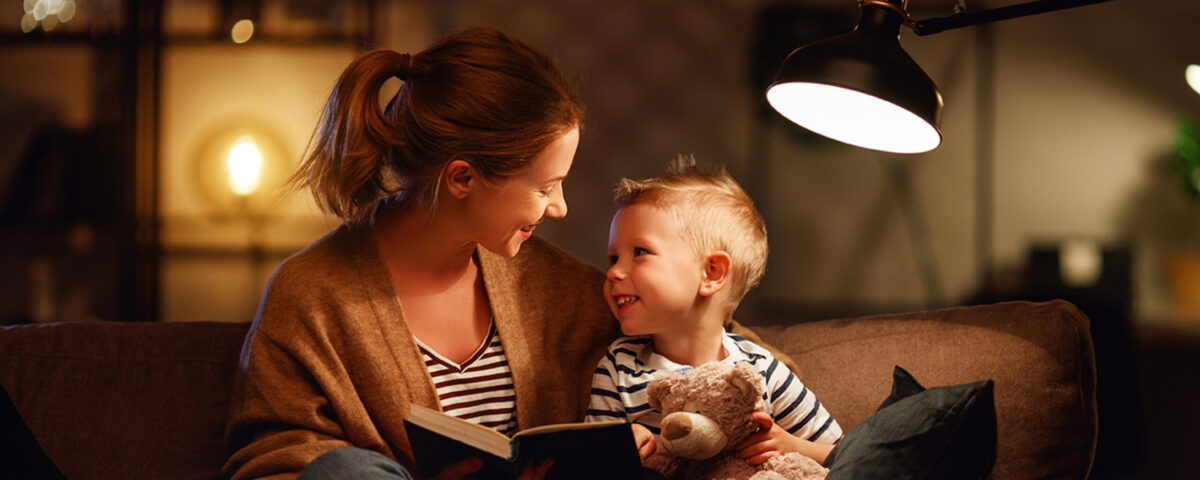All wind-related outages have been restored. Thank you crews & members!
×
The electric grid is a complex system of power generation sources, transmission lines, substations, and distribution lines. It transmits electric power from where it’s made all the way to the end of the line for members like you.
We started building our piece of the grid way back in 1939. Since then, we’ve been continuously improving and adding to it to bring safe, reliable, and affordable electricity to Northern Colorado.
Electricity is generated at a power plant or other facility – like at the Robert V. Trout Hydropower Plant at Carter Lake where we purchase 100% of the renewable energy produced. The electricity is then sent over vast distances via high-voltage transmission lines. The electricity arrives at your co-op’s substations, where transformers lower the voltage. Lastly, power is sent on to your home using distribution power lines.
By using a balanced and diverse supply of generation types – including intermittent renewable resources and dependable baseload and dispatchable power from coal, natural gas, and fuel oil – we can ensure reliable power despite fluctuations in weather, production, and consumer demand.
Think about it: Some days, the sun doesn’t shine, and our solar facilities can’t generate power. Some days, the wind doesn’t blow, and large wind farms are not producing. By remaining connected to the electric grid and the steady supply of consistent power, you have access to the electricity you need, whenever you need it.
The electric grid can be imaged like a bathtub filled by multiple faucets. Each faucet is a different generation source and the drain at the bottom represents all the consumers who use electricity. Our job is to make sure the bathtub stays full.